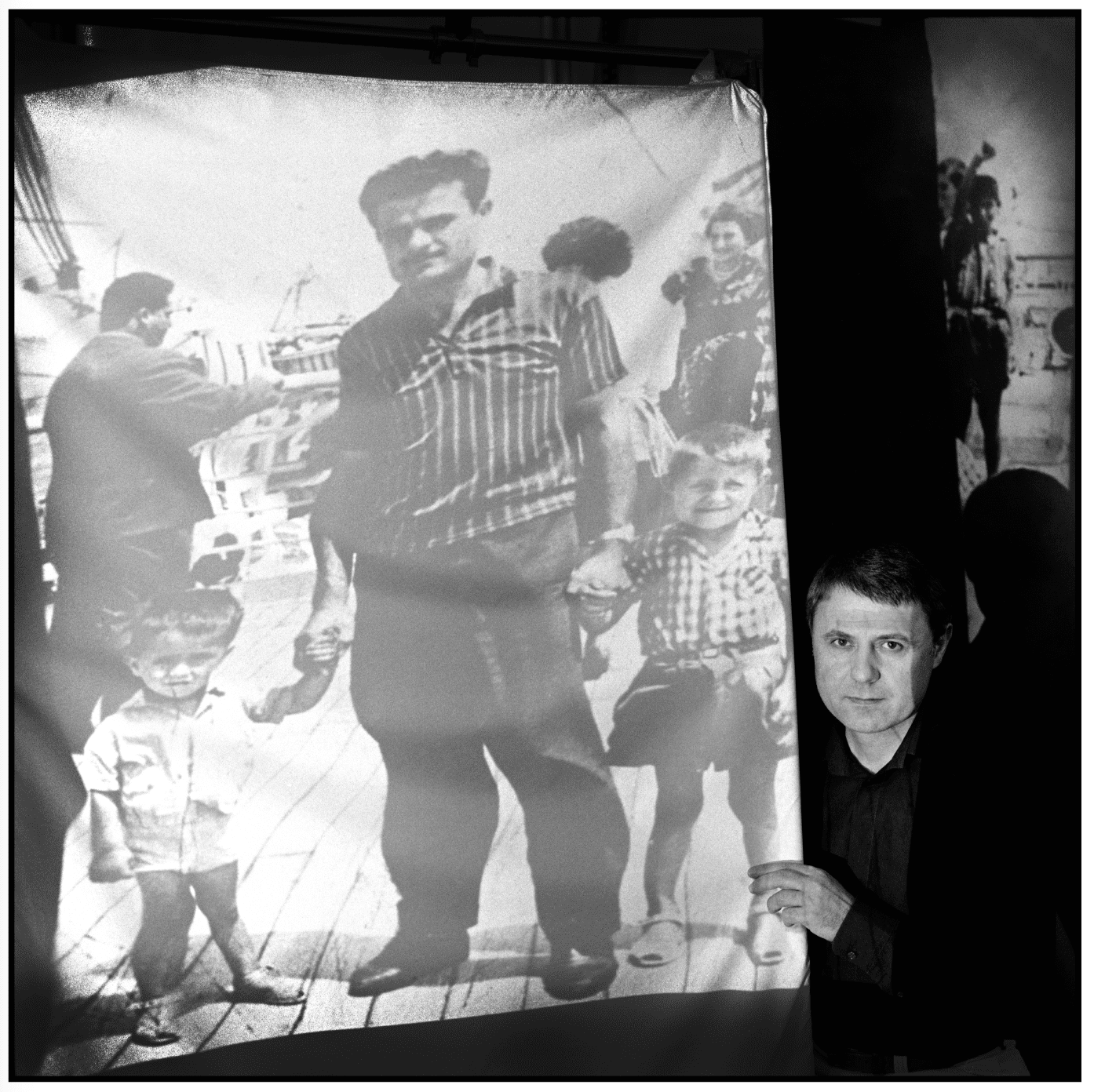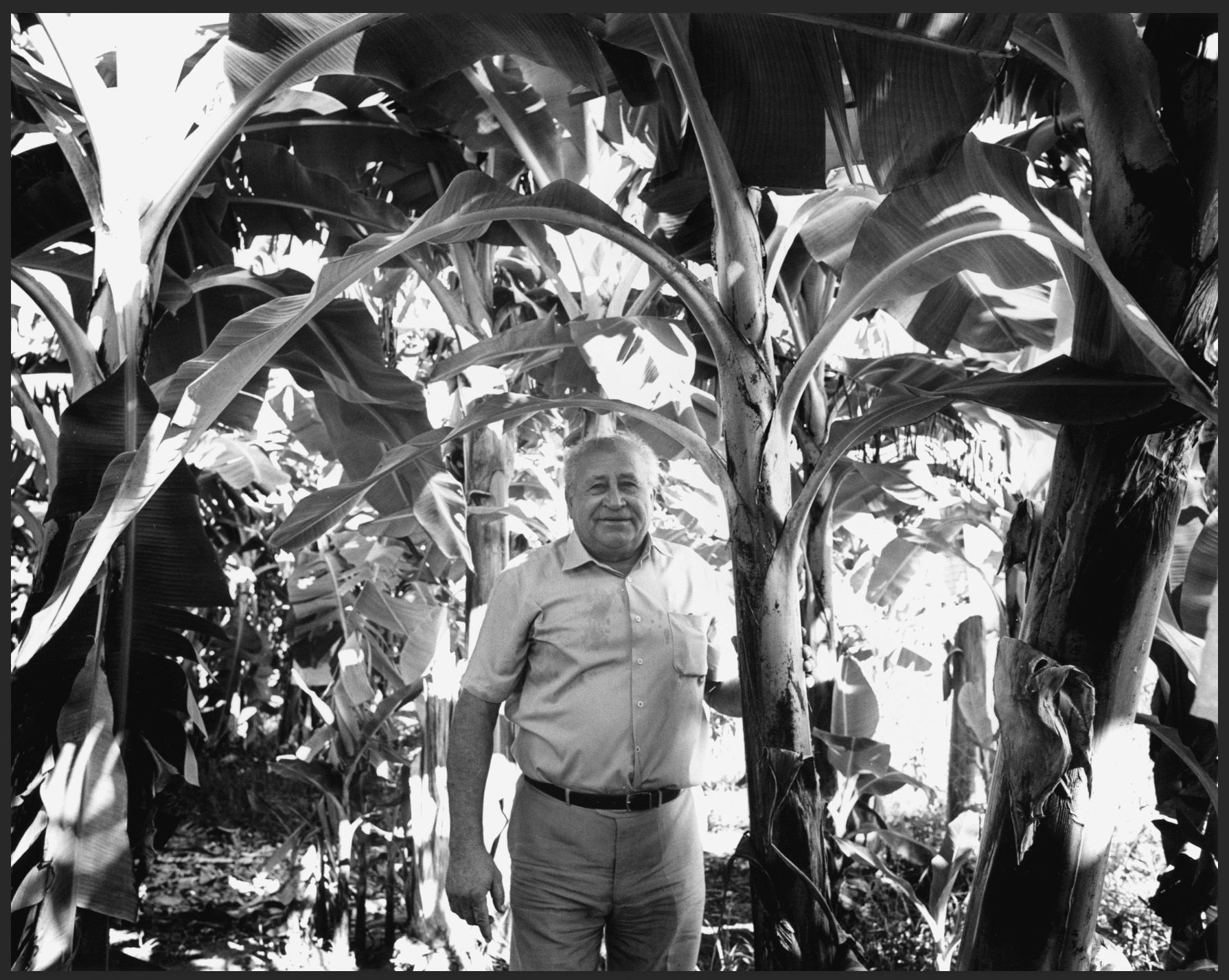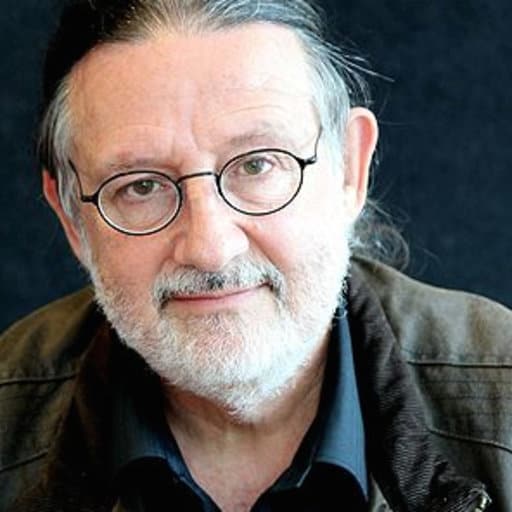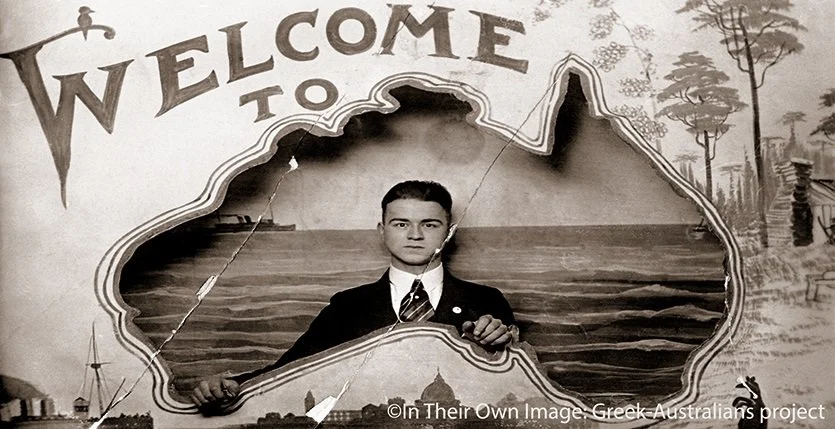Greek City Times is proud to present a weekly historical snapshot
from the archives of the ‘In Their Own Image: Greek Australians’ national project
by photographer Effy Alexakis and historian Leonard Janiszewski.
GREEK-AUSTRALIANS – THE MIGRATION
Individual and collective stories of the personal reasons for migrating, as well as recollections of the journey out, are often peppered with a sense of loss, anxiety, fear, hope, duty, need, and determination. This is Part 2 of a 3 Part series.

When Michael Karris left Greece for Australia aboard the ‘Patris’ in October 1961, he was almost six years old. His younger brother, Alex (Alexandros), was almost three. Heir parents, Vasilios and Eugenia (née Hatzimouratis) Karaoglanidis, had made the decision to migrate “for the future of the family”.
There was no work available in their village of Vathilakos in northern Greece. Australia was wanting migrants, and Vasilios’ older brother, Fotis, had successfully migrated to Melbourne in 1954.
Michael:
“Thinking back on my time aboard ship, the month-long journey, I feel that I had really travelled from one part of the world to another; a twenty-four hour flight today does not give me the same feeling. For a child, not aware of distance and long travel, the month-long journey on the ship was a separate life in itself – a transitional homeland.
"The snapshots I vividly remember include the journey through the Suez Canal, the desert landscape, the heat and the golden light, the dark-skinned boys diving towards the ship’s bow to retrieve coins that passengers tossed into the sea; the stop-over at Port Said and my first toy – a stuffed camel; the kindergarten on board; the restaurant where we ate like never before; the interaction with other children from other races; the costume party and toys we received when we crossed the equator; and that constant sound of the engine beneath us.
"Like the sounds a baby hears in the womb, that sound still brings back memories of that existence on board the ship… It helped [me to] accept the ever-shrinking past and adapt to something new ahead.”

Peter Syrimi was born in northern Cyprus, in the village of St Spiridon, in 1922. He arrived in Darwin by plane in 1948.
Peter:
“When I decided to come to Australia, Cyprus was a very poor country, we couldn’t live over there, so we decided to ‘escape’. A plane was chartered by a guy, he charged us £120 each. It took us five days to go to Australia. I remember some stops – Colombo [Sri Lanka], Jakarta [Indonesia]. We only flew during the day. The plane was chartered from the American army actually – a Dakota. We landed in Darwin… But we wanted to go to Melbourne or Sydney. I think there were about sixty-five Cypriots in the group on the plane – there were three planes that came… It was £29 [extra] from Darwin to Melbourne or Sydney… I didn’t have enough money to go. I only had £5 in my pocket. I left my wife and two children who didn’t have anything, so I put the £5 in an envelope and sent it back to them in Cyprus… In Darwin, I was crying for three weeks.”
Establishing himself in Darwin, Peter managed to bring out thirty-seven relatives and friends from Cyprus following the Turkish invasion of 1974. His village remains under Turkish control.
Photos: Effy Alexakis
Historical Research: Leonard Janiszewski
© In Their Own Image: Greek-Australians National Project Archives


Since the early 1980s, Effy Alexakis, a photographer, along with historian researcher Leonard Janiszewski, have been travelling around Australia photographing and collecting stories. They have also photographed Greek-Australians in Greece and documented some amazing histories. The images and text provide personal, diverse and powerfully moving insights, about opportunities, hopes and challenges. Collectively, these stories provide personal perspectives of a diasporic Hellenic identity. Their archive encompasses photography, both historical and contemporary, taped interviews and literary materials.
They have published 3 books and numerous articles, and their projects are ongoing. The photographs have been widely exhibited throughout Australia and in Greece.
VISIT THEIR LATEST PROJECT: Greek Cafés & Milk Bars of Australia | Facebook


